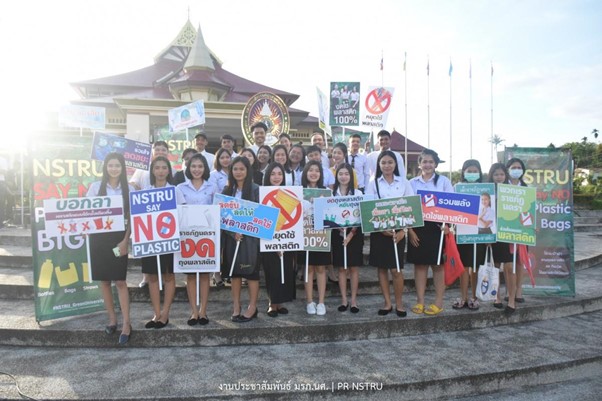SDG 12: Responsible Consumption and Production – 2024
Promoting sustainable consumption and production patterns through waste management, recycling, and sustainability reporting.
Policy on Waste Disposal – Hazardous Materials
A policy, procedure, or guideline covers waste disposal, including hazardous materials. The university collaborates with the Provincial Administrative Organization to collect hazardous waste for proper disposal.

Policy waste disposal – landfill policy Year: in place by 2024
A waste management policy measures the amount of waste sent to landfill and for recycling. The university implements an internal waste management project in which tree branches and leaves from pruning are shredded and composted to nourish plants on campus.

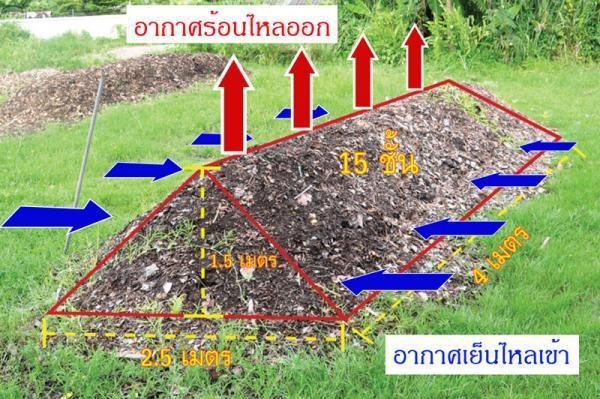
Policy for Minimisation of Plastic Use – 2024
1. Principles and Rationale
Single-use plastic is one of the major sources of waste within organizations and universities, causing long-term impacts on the environment and ecosystems. [Name of Organization] recognizes its responsibility for managing plastic waste and has therefore established the policy to support the Sustainable Development Goals (SDGs), particularly SDG 12 and SDG 13.
2. Policy Objectives
- Reduce the use of single-use plastics on the organization’s premises.
- Encourage staff, students, and stakeholders to use reusable containers.
- Support an efficient waste management system.
3. Scope of the Policy
The policy applies to all operations of [Organization/University], including:
- Internal units, faculties, and colleges
- Shops, restaurants, and cafeterias
- Internal activities and events
- Personnel, staff, students, and visitors
4. Examples of Plastics to Be Avoided
- Single-use plastic cups
- Plastic straws
- Plastic bags
- Foam or plastic food containers
- Plastic spoons, forks, and knives
- Unnecessary plastic packaging
5. Guidelines and Measures for Plastic Reduction
- Prohibit plastic bags, straws, and foam containers: Shops shall refrain from using or distributing such items.
- Promote personal containers: Encourage staff and students to bring their own water bottles and lunch boxes.
- Provide water refill stations: Install dispensers for refilling bottles.
- Ban single-use plastics at events: Event organizers must plan activities to avoid single-use plastics.
- Offer incentives: Discounts, reward points, or souvenirs for plastic reduction.
6. Monitoring and Reporting
- Collect and report plastic waste reduction data annually.
- Assess user behavior related to plastic use.
- Communicate outcomes to the public through sustainability or SDG reports.
7. Collaboration and Participation
- Organize ongoing campaigns such as “Plastic-Free Day” or “Green Day.”
- Hold competitions for departments or faculties that reduce the most plastic waste.
- Establish a Green Youth Network.
8. Implementation Period
The policy takes effect on [Effective Date] and will be reviewed every 12 months.
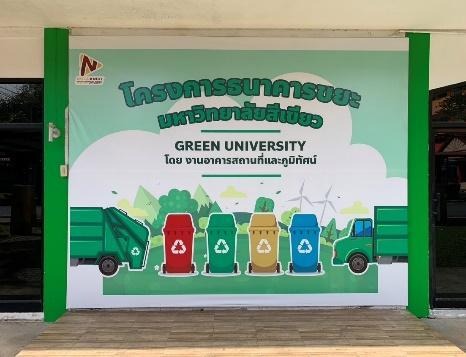
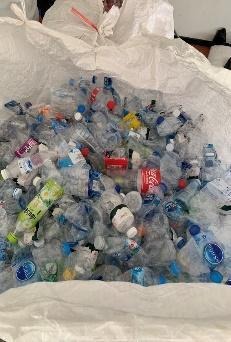
Waste Tracking – 2024
Overview
Waste Tracking refers to the process of collecting, monitoring, and analyzing data on the movement of waste—starting at the point of generation through final disposal or recycling. The objective is to enhance waste management efficiency, reduce waste, and prevent environmental impacts.
Types of Waste Tracking
- Municipal Waste Tracking: Used in cities or communities to monitor the amount of waste generated from households or businesses. Example: A data collection system that records daily waste volumes from municipal garbage trucks.
- Industrial Waste Tracking: Used to track waste generated from manufacturing processes in factories, such as hazardous waste, chemicals, or production residues.
- E-Waste Tracking: Used to trace the route of electronic waste covering collection points through recycling facilities.
- Hazardous Waste Tracking: Requires rigorous tracking systems due to significant environmental and health impacts.
Tools and Technologies Used
- GPS and IoT Sensors: Installed on garbage trucks or bins to identify locations and collection status.
- RFID Tags / QR Codes: Used to identify the type and source of waste.
- Database and Dashboard Systems: For collecting and displaying real-time data.
- AI & Data Analytics: To analyze waste generation trends and support sustainable waste management planning.
Benefits of Waste Tracking
- Reduce waste management and transportation costs
- Increase recycling rates and resource reuse
- Decrease illegal dumping of hazardous waste
- Enhance transparency and traceability
- Support the concept of a Circular Economy
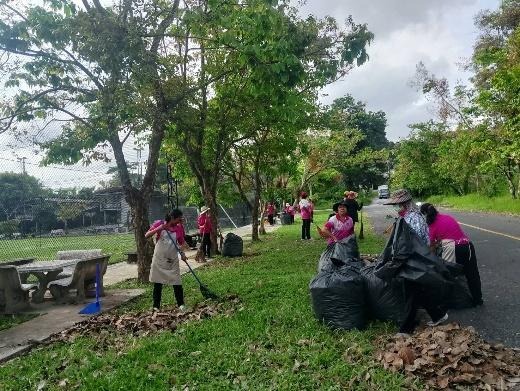
Indicator: Proportion of Waste Recycled
It refers to the share of waste that can be reused or recycled relative to the total amount of waste generated in the system, a key indicator of sustainable waste management.
Recycling Proportion in Thailand (General Information)
| Types of Waste | Approximate Proportion | Remarks |
|---|---|---|
| Organic / Biodegradable Waste | 50–55% | e.g., food scraps, plant residues |
| Recyclable Waste | 25–30% | e.g., plastics, paper, glass, metals |
| General / Non-recyclable Waste | 10–15% | e.g., foam, contaminated plastics |
| Hazardous Waste | 2–5% | e.g., batteries, used light bulbs |
On average, Thailand recycles about 20–30% of the total waste generated, subject to the waste separation system and recycling market in each area.
Comparison with Other Countries
| Country | Average Recycling Rate |
|---|---|
| Germany | 65–70% |
| Japan | 55–60% |
| South Korea | 60% |
| United States | 30–35% |
| Thailand | 20–30% |
Factors Affecting the Recycling Proportion
- Source Separation System: Effective household waste separation significantly increases the recycling rate.
- Recyclable Material Market: A high demand for recyclable materials encourages more waste sorting.
- Government Policies: For example, implementing a pay-as-you-throw waste fee system.
- Product Design (Eco Design): Reducing the use of mixed or hard-to-recycle materials.
- Public Awareness and Community Campaigns: Promoting education and participation in recycling programs.

Publication of a Sustainability Report
Sustainability Reporting is the process through which an organization prepares and discloses information about its performance in economic, social, and environmental aspects (ESG: Environmental, Social, and Governance). The purpose is to provide stakeholders with transparency and demonstrate the organization’s accountability in advancing sustainable development.
Objectives of Sustainability Reporting
- Enhance transparency for shareholders, customers, and society.
- Communicate the organization’s commitment to environmental and social responsibility.
- Strengthen credibility and brand image.
- Provide essential information for investment decisions, especially for ESG-focused investors.
- Comply with regulations and international frameworks, such as GRI, SDGs, or TCFD.
Key Frameworks and Standards
| Standard / Framework | Description |
|---|---|
| GRI (Global Reporting Initiative) | A widely used international standard covering economic, social, and environmental aspects. |
| SASB | Focuses on disclosing information that affects an organization’s financial value. |
| TCFD | Emphasizes disclosure of climate-related risks and opportunities. |
| UN SDGs | Links organizational activities to the United Nations Sustainable Development Goals. |
| DJSI | Serves as a benchmark index for leading organizations in sustainability performance. |
General Structure of a Sustainability Report
- Message from Top Management (CEO Message)
- Organizational Overview and Sustainability Strategy
- Stakeholder Engagement
- Material Sustainability Topics
- Performance in Key Areas:
- Environmental: Energy, water, waste, carbon emissions, etc.
- Social: Labor, community, equality.
- Governance: Ethics, transparency, corporate governance.
- Future Goals and Directions
- Appendices / Standard Reference Index (GRI Content Index)
Methods of Publishing a Sustainability Report
- Publish on the organization’s website (e.g., Sustainability Page or Annual Report Section).
- Prepare in PDF or interactive e-report format.
- Disseminate through social media channels to reach a wider audience.
- Submit to regulatory bodies or stock exchanges, such as the SET or SEC.
- Participate in international databases, such as the GRI Database or the Carbon Disclosure Project (CDP).
Publication of a Sustainability Report (Year: 2024)
The university publishes a Green University Report as part of its sustainability reporting efforts.



